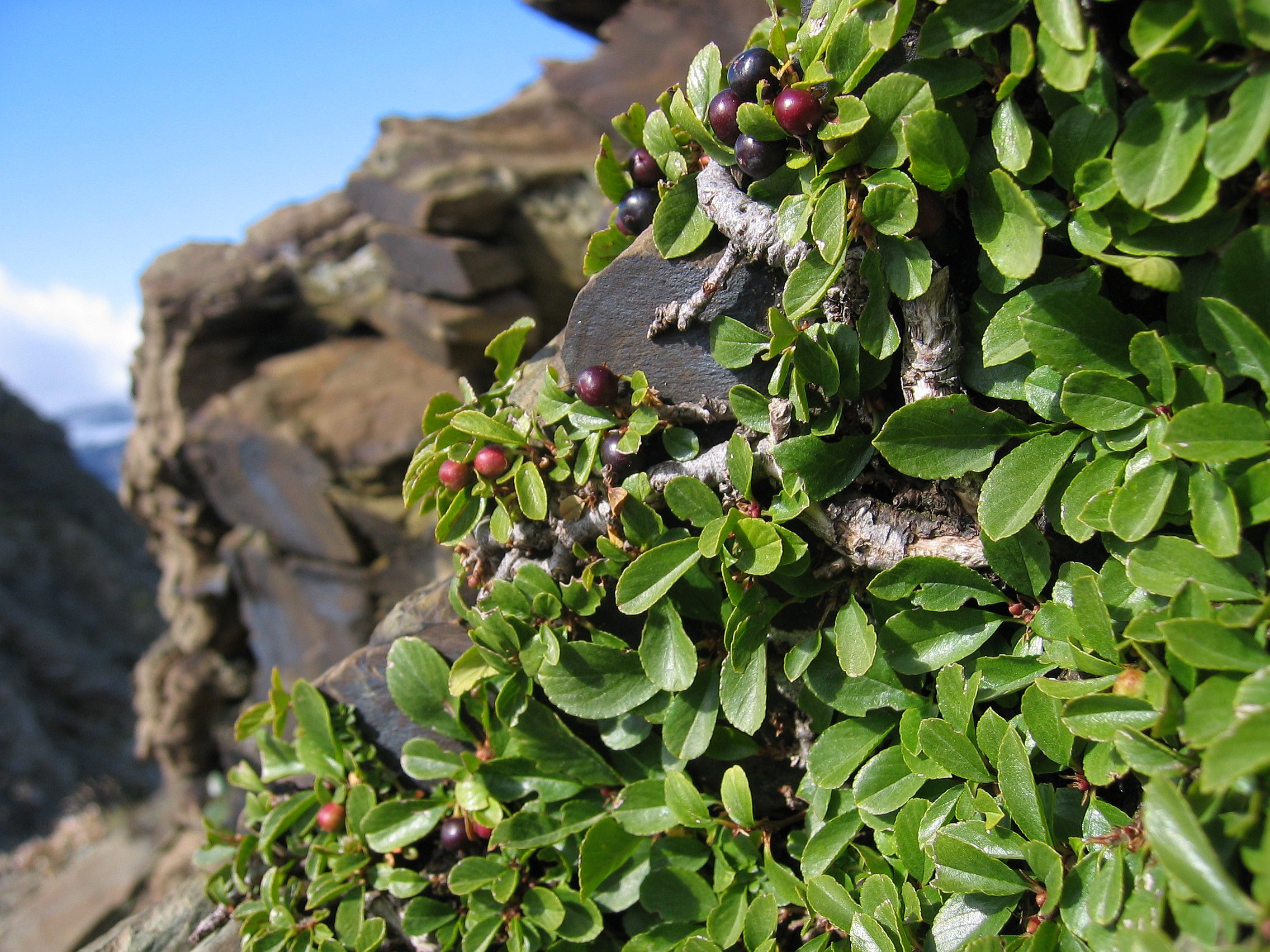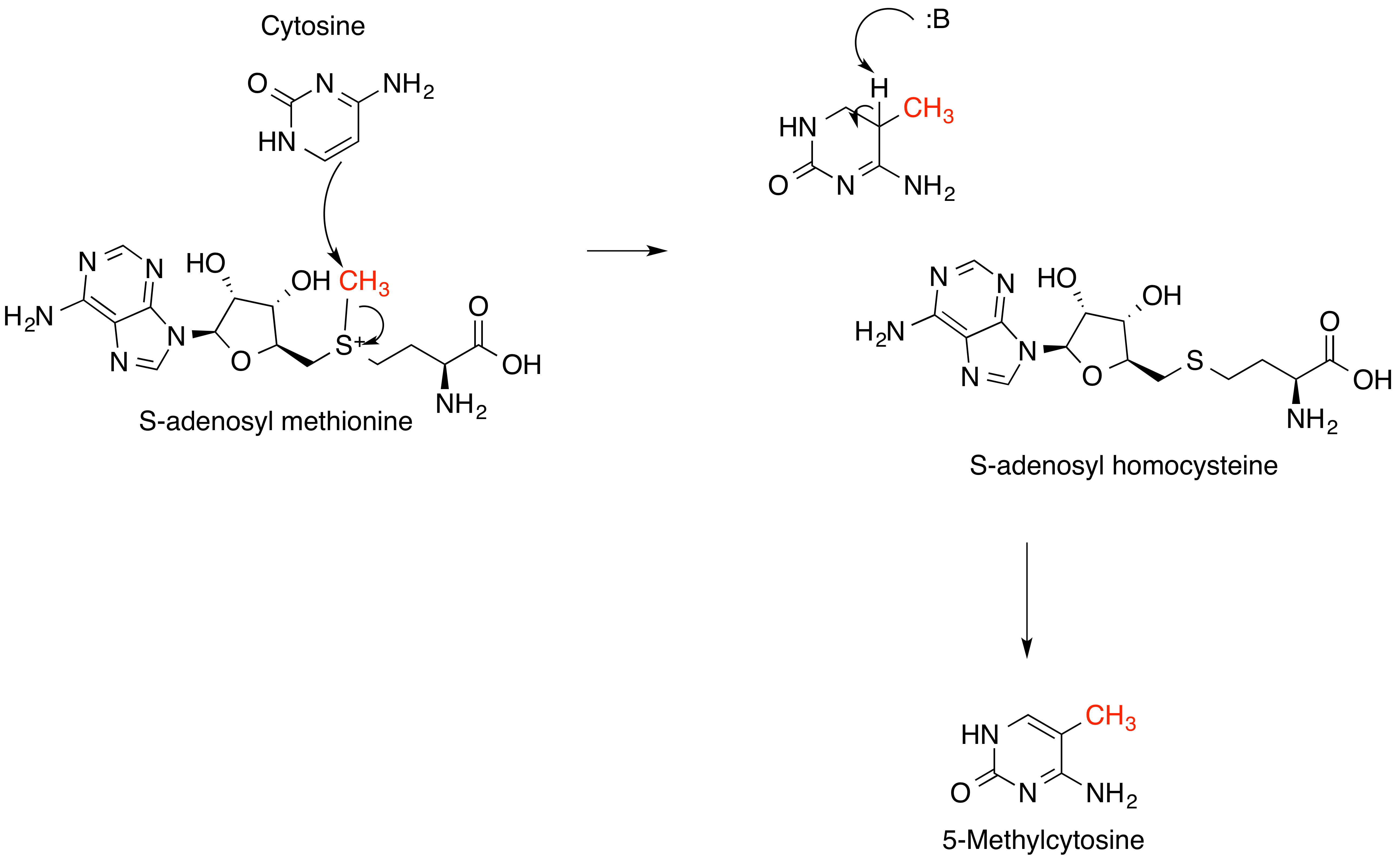|
Rhamnazin
Rhamnazin is an ''O''-methylated flavonol, a type of chemical compound. It can be found in '' Rhamnus petiolaris'', a buckthorn plant native to Iraq, Lebanon, Syria, and Turkey. Metabolism The enzyme 3-methylquercetin 7-''O''-methyltransferase uses ''S''-adenosyl methionine and isorhamnetin to produce ''S''-adenosyl homocysteine and rhamnazin. The enzyme 3,7-dimethylquercetin 4'-''O''-methyltransferase uses ''S''-adenosyl methionine and rhamnazin to produce ''S''-adenosyl homocysteine and ayanin Ayanin is an ''O''-methylated flavonol, a type of flavonoid. It is the 3,7,4'-tri-''O''-methylated derivative of quercetin Quercetin is a plant flavonol from the flavonoid group of polyphenols. It is found in many fruits, vegetables, leaves, s .... References External links Rhamnazin on the Extrasynthese catalogue O-methylated flavonols Diols {{Aromatic-stub ... [...More Info...] [...Related Items...] OR: [Wikipedia] [Google] [Baidu] |
Rhamnus Petiolaris
''Rhamnus petiolaris'' is a species of flowering plant in the family Rhamnaceae. It is native to Iraq, Lebanon, Syria, and Turkey. Uses Rhamnazin Rhamnazin is an ''O''-methylated flavonol, a type of chemical compound. It can be found in '' Rhamnus petiolaris'', a buckthorn plant native to Iraq, Lebanon, Syria, and Turkey. Metabolism The enzyme 3-methylquercetin 7-''O''-methyltransferase ... is an O-methylated flavonol, a type of chemical compound that can be found in ''R. petiolaris''.Rhamnazin- und rhamnetin-3-O-trioside aus Rhamnus petiolaris. H. Wagner, M. Ertan and O. Seligmann, Phytochemistry, Volume 13, Issue 5, May 1974, pp. 857-860, References External links *Diagn. pl. orient. ser. 2, 5:75. 1856 petiolaris Endemic flora of Sri Lanka Plants described in 1856 Taxa named by Pierre Edmond Boissier Taxa named by Benjamin Balansa Flora of Iraq Flora of Lebanon Flora of Syria Flora of Turkey {{Rhamnaceae-stub ... [...More Info...] [...Related Items...] OR: [Wikipedia] [Google] [Baidu] |
O-methylated Flavonol
The O-methylated flavonoids or methoxyflavonoids are flavonoids with methylations on hydroxyl groups (methoxy bonds). O-methylation has an effect on the solubility of flavonoids. Enzymes O-methylated flavonoids formation implies the presence of specific O-methyltransferase (OMT) enzymes which accept a variety of substrates. Those enzymes mediate the O-methylation on a specific hydroxyl group, like on 4' (example in ''Catharanthus roseus'') or 3' (example in rice) positions. Those positions can be ortho, meta, para and there can be a special 3-O-methyltransferase for the 3-OH position. Calamondin orange ('' Citrus mitis'') exhibits all of those activities. Plant enzymes * Apigenin 4'-O-methyltransferase * 8-hydroxyquercetin 8-O-methyltransferase * Isoflavone 4'-O-methyltransferase * Isoflavone 7-O-methyltransferase * Isoliquiritigenin 2'-O-methyltransferase * Isoorientin 3'-O-methyltransferase * Kaempferol 4'-O-methyltransferase * Luteolin O-methyltransferase * Methylquerc ... [...More Info...] [...Related Items...] OR: [Wikipedia] [Google] [Baidu] |
Phytochemistry (journal)
''Phytochemistry'' is a Peer review, peer-reviewed scientific journal covering pure and applied plant chemistry, plant biochemistry and molecular biology. It is published by Elsevier and is an official publication for the Phytochemical Society of Europe, the Phytochemical Society of North America, and the Phytochemical Society of Asia. A sister journal ''Phytochemistry Letters'' is published since 2008. Abstracting and indexing ''Phytochemistry'' is abstracted and indexed in: According to the ''Journal Citation Reports'', the journal has a 2020 impact factor of 4.072. References External links *{{Official website, http://www.journals.elsevier.com/phytochemistry/ Biochemistry journals Botany journals Elsevier academic journals English-language journals Academic journals established in 1961 ... [...More Info...] [...Related Items...] OR: [Wikipedia] [Google] [Baidu] |
Buckthorn
''Rhamnus'' is a genus of about 140 accepted species of shrubs or small trees, commonly known as buckthorns, in the family Rhamnaceae. Its species range from tall (rarely to ) and are native mainly in east Asia and North America, but found throughout the temperate and subtropical Northern Hemisphere, and also more locally in the subtropical Southern Hemisphere in parts of Africa and South America. One species, the common buckthorn (''Rhamnus cathartica''), is able to flourish as an invasive species, invasive plant in parts of Canada and the United States, where it has become naturalisation (biology), naturalized. Both deciduous and evergreen species occur. The leaves are simple, long, and arranged alternately, in opposite pairs, or almost paired (subopposite). One distinctive character of many buckthorns is the way the venation (botany), veination curves upward towards the tip of the leaf. The plant bears fruits which are black or red berry-like drupes. The name is due to the ... [...More Info...] [...Related Items...] OR: [Wikipedia] [Google] [Baidu] |
Iraq
Iraq, officially the Republic of Iraq, is a country in West Asia. It is bordered by Saudi Arabia to Iraq–Saudi Arabia border, the south, Turkey to Iraq–Turkey border, the north, Iran to Iran–Iraq border, the east, the Persian Gulf and Kuwait to the Iraq–Kuwait border, southeast, Jordan to Iraq–Jordan border, the southwest, and Syria to Iraq–Syria border, the west. The country covers an area of and has Demographics of Iraq, a population of over 46 million, making it the List of countries by area, 58th largest country by area and the List of countries by population, 31st most populous in the world. Baghdad, home to over 8 million people, is the capital city and the List of largest cities of Iraq, largest in the country. Starting in the 6th millennium BC, the fertile plains between Iraq's Tigris and Euphrates rivers, referred to as Mesopotamia, fostered the rise of early cities, civilisations, and empires including Sumer, Akkadian Empire, Akkad, and Assyria. Known ... [...More Info...] [...Related Items...] OR: [Wikipedia] [Google] [Baidu] |
Lebanon
Lebanon, officially the Republic of Lebanon, is a country in the Levant region of West Asia. Situated at the crossroads of the Mediterranean Basin and the Arabian Peninsula, it is bordered by Syria to the north and east, Israel to the south, and the Mediterranean Sea to the west; Cyprus lies a short distance from the coastline. Lebanon has a population of more than five million and an area of . Beirut is the country's capital and largest city. Human habitation in Lebanon dates to 5000 BC. From 3200 to 539 BC, it was part of Phoenicia, a maritime civilization that spanned the Mediterranean Basin. In 64 BC, the region became part of the Roman Empire and the subsequent Byzantine Empire. After the seventh century, it Muslim conquest of the Levant, came under the rule of different Islamic caliphates, including the Rashidun Caliphate, Rashidun, Umayyad Caliphate, Umayyad and Abbasid Caliphate, Abbasid. The 11th century saw the establishment of Christian Crusader states, which fell ... [...More Info...] [...Related Items...] OR: [Wikipedia] [Google] [Baidu] |
Syria
Syria, officially the Syrian Arab Republic, is a country in West Asia located in the Eastern Mediterranean and the Levant. It borders the Mediterranean Sea to the west, Turkey to Syria–Turkey border, the north, Iraq to Iraq–Syria border, the east and southeast, Jordan to Jordan–Syria border, the south, and Israel and Lebanon to Lebanon–Syria border, the southwest. It is a republic under Syrian transitional government, a transitional government and comprises Governorates of Syria, 14 governorates. Damascus is the capital and largest city. With a population of 25 million across an area of , it is the List of countries and dependencies by population, 57th-most populous and List of countries and dependencies by area, 87th-largest country. The name "Syria" historically referred to a Syria (region), wider region. The modern state encompasses the sites of several ancient kingdoms and empires, including the Eblan civilization. Damascus was the seat of the Umayyad Caliphate and ... [...More Info...] [...Related Items...] OR: [Wikipedia] [Google] [Baidu] |
Turkey
Turkey, officially the Republic of Türkiye, is a country mainly located in Anatolia in West Asia, with a relatively small part called East Thrace in Southeast Europe. It borders the Black Sea to the north; Georgia (country), Georgia, Armenia, Azerbaijan, and Iran to the east; Iraq, Syria, and the Mediterranean Sea to the south; and the Aegean Sea, Greece, and Bulgaria to the west. Turkey is home to over 85 million people; most are ethnic Turkish people, Turks, while ethnic Kurds in Turkey, Kurds are the Minorities in Turkey, largest ethnic minority. Officially Secularism in Turkey, a secular state, Turkey has Islam in Turkey, a Muslim-majority population. Ankara is Turkey's capital and second-largest city. Istanbul is its largest city and economic center. Other major cities include İzmir, Bursa, and Antalya. First inhabited by modern humans during the Late Paleolithic, present-day Turkey was home to List of ancient peoples of Anatolia, various ancient peoples. The Hattians ... [...More Info...] [...Related Items...] OR: [Wikipedia] [Google] [Baidu] |
3-methylquercetin 7-O-methyltransferase
In enzymology, a 3-methylquercetin 7-O-methyltransferase () is an enzyme that catalyzes the chemical reaction :S-adenosyl-L-methionine + 5,7,3',4'-tetrahydroxy-3-methoxyflavone \rightleftharpoons S-adenosyl-L-homocysteine + 5,3',4'-trihydroxy-3,7-dimethoxyflavone Thus, the two substrates of this enzyme are S-adenosyl methionine and 5,7,3',4'-tetrahydroxy-3-methoxyflavone (isorhamnetin), whereas its two products are S-adenosylhomocysteine and 5,3',4'-trihydroxy-3,7-dimethoxyflavone (rhamnazin). This enzyme belongs to the family of transferases, specifically those transferring one-carbon group methyltransferases. The systematic name of this enzyme class is S-adenosyl-L-methionine:5,7,3',4'-tetrahydroxy-3-methoxyflavone 7-O-methyltransferase. Other names in common use include flavonol 7-O-methyltransferase, flavonol 7-methyltransferase, 7-OMT, S-adenosyl-L-methionine:3',4',5,7-tetrahydroxy-3-methoxyflavone, 7-O-methyltransferase, and 3-methylquercitin 7-O-methyltransferase is- ... [...More Info...] [...Related Items...] OR: [Wikipedia] [Google] [Baidu] |
S-adenosyl Methionine
''S''-Adenosyl methionine (SAM), also known under the commercial names of SAMe, SAM-e, or AdoMet, is a common cosubstrate involved in methyl group transfers, transsulfuration, and aminopropylation. Although these anabolic reactions occur throughout the body, most SAM is produced and consumed in the liver. More than 40 methyl transfers from SAM are known, to various substrates such as nucleic acids, proteins, lipids and secondary metabolites. It is made from adenosine triphosphate (ATP) and methionine by methionine adenosyltransferase. SAM was first discovered by Giulio Cantoni in 1952. In bacteria, SAM is bound by the SAM riboswitch, which regulates genes involved in methionine or cysteine biosynthesis. In eukaryotic cells, SAM serves as a regulator of a variety of processes including DNA, tRNA, and rRNA methylation; immune response; amino acid metabolism; transsulfuration; and more. In plants, SAM is crucial to the biosynthesis of ethylene, an important plant hormone ... [...More Info...] [...Related Items...] OR: [Wikipedia] [Google] [Baidu] |
Isorhamnetin
Isorhamnetin is an O-methylated flavon-ol from the class of flavonoid Flavonoids (or bioflavonoids; from the Latin word ''flavus'', meaning yellow, their color in nature) are a class of polyphenolic secondary metabolites found in plants, and thus commonly consumed in the diets of humans. Chemically, flavonoids ...s. A common food source of this 3'-methoxylated derivative of quercetin and its glucoside conjugates are pungent yellow or red onions, in which it is a minor pigment, quercetin-3,4'-diglucoside and quercetin-4'-glucoside and the aglycone quercetin being the major pigments. Pears, olive oil, wine and tomato sauce are rich in isorhamnetin. Almond skin is a rich source of isorhamnetin-3-O-rutinoside and isorhamnetin-3-O-glucoside, in some cultivars they comprise 75% of the polyphenol content, the total of which can exceed 10 mg/100 gram almond. Others sources include the spice, herbal medicinal and psychoactive Mexican tarragon ''( Tagetes lucida)'', which is descri ... [...More Info...] [...Related Items...] OR: [Wikipedia] [Google] [Baidu] |

